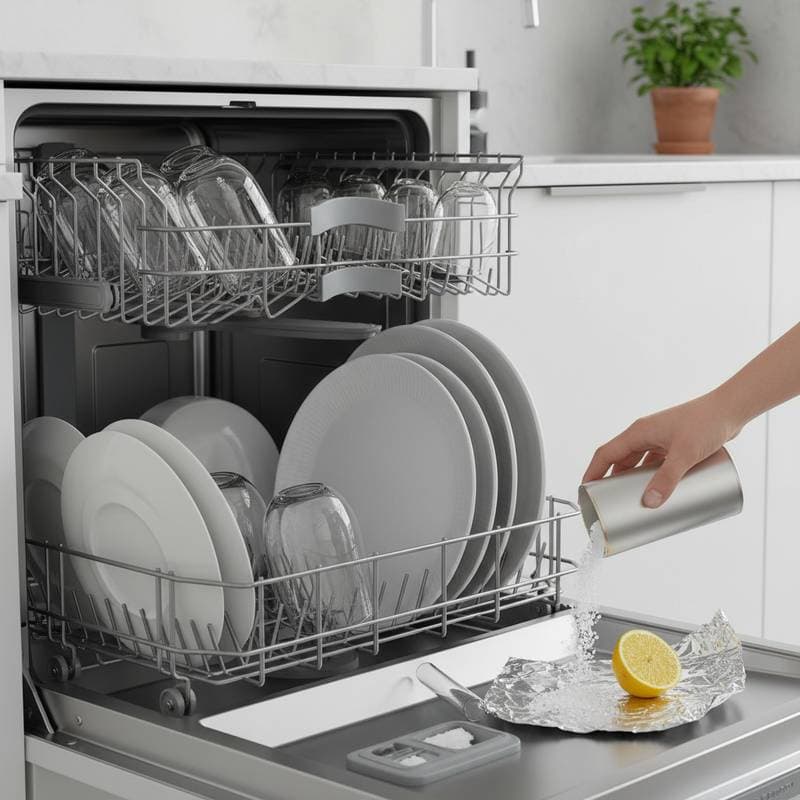Transforming Bathroom Cleaning with Steam
Bathroom cleaning often presents challenges, from persistent soap scum on shower walls to stubborn spots on mirrors and discolored grout. In areas like Staten Island, where urban grit combines with coastal humidity, these issues intensify. Traditional methods rely on chemical sprays and vigorous scrubbing, which frequently cause headaches from fumes and raise concerns about health impacts on family members, pets, and the environment.
One weekend morning, during a routine deep clean, the usual bathroom cleaner ran out midway through the task. With rubber gloves in place and music playing, the situation prompted an experiment with a handheld steam cleaner, typically reserved for curtains and pet toys. Within moments, the tiles gleamed like never before, achieved solely through heated water vapor without any chemicals or exhaustive effort. This experience highlighted the potential to abandon harsh products in favor of a simpler, more effective approach.
The Science Behind Steam Cleaning
Step-by-Step Guide to Steam Cleaning
Begin with basic equipment suited to the space. A handheld steam cleaner suffices for compact bathrooms, whereas a canister model handles larger areas like floors. Select devices featuring adjustable pressure, multiple attachments, and safety mechanisms for steam regulation.
Follow these steps for a comprehensive session:
- Clear the area by removing towels, rugs, and toiletries to access all surfaces fully.
- Dust surfaces lightly to eliminate loose particles before applying steam.
- Proceed from higher to lower areas, starting with mirrors, light fixtures, and shower walls, then advancing to sinks, toilets, and the floor.
- Employ microfiber cloths to capture dislodged grime during the process and avoid water spots.
- Promote drying by activating the exhaust fan or opening windows for several minutes afterward.
The routine requires no preparation of solutions, protective gear beyond basic precautions, or tolerance for lingering odors. Steam alone, combined with minimal physical input, yields professional results.
Capabilities and Limitations of Steam Cleaning
Steam excels at many tasks but requires awareness of its boundaries. It effectively loosens soap scum, sanitizes fixtures, and refreshes grout without abrasive tools. For everyday maintenance, it restores shine to glass and metal while penetrating hard-to-reach seams.
However, steam may harm unsealed wood, painted walls, or delicate fabrics such as wallpaper by introducing excess moisture. On porous natural stones, repeated exposure could erode the finish, so conduct a test in an inconspicuous area first. Additionally, steam alone struggles with heavy mineral deposits from hard water, where a mild vinegar application prior to steaming often proves necessary.
These limitations represent opportunities to integrate steam with complementary natural solutions. Overall, its versatility positions it as a primary tool for routine bathroom care, supplemented only as needed.
Benefits of Chemical-Free Cleaning
Professionals in cleaning and home care recognize the rarity of methods that balance efficacy with safety. Steam cleaning achieves this equilibrium by delivering pristine results without synthetic additives. It redefines cleanliness as an absence of irritants, fostering an environment that supports respiratory health and pet safety.
The shift alters perceptions of maintenance routines. Strong fragrances and immediate visual appeal once defined success; now, emphasis falls on enduring freshness and environmental compatibility. This approach instills confidence in the sanctuary of the home.
Sharing this discovery with others, such as through housewarming gifts of steam cleaners, often leads to enthusiastic adoption. The initial trial typically converts skeptics, underscoring the method's straightforward appeal and tangible outcomes.
Building Sustainable Cleaning Practices
Incorporating steam cleaning supports broader eco-conscious habits. It eliminates the need for single-use plastic bottles and reduces chemical discharge into waterways. Minimal packaging further lowers household waste.
Regular use encourages mindful consumption of resources, relying primarily on water as the active agent. This practice aligns with efforts to create healthier living spaces while contributing to planetary well-being. Over time, it cultivates a routine that prioritizes long-term advantages over temporary conveniences.




